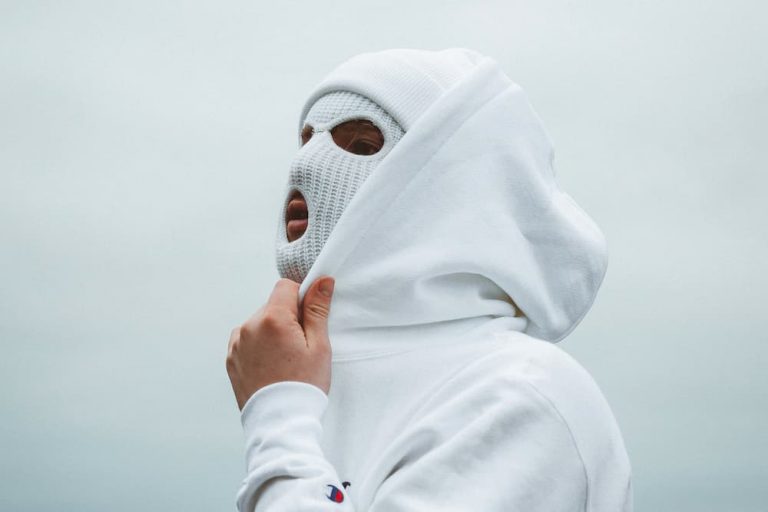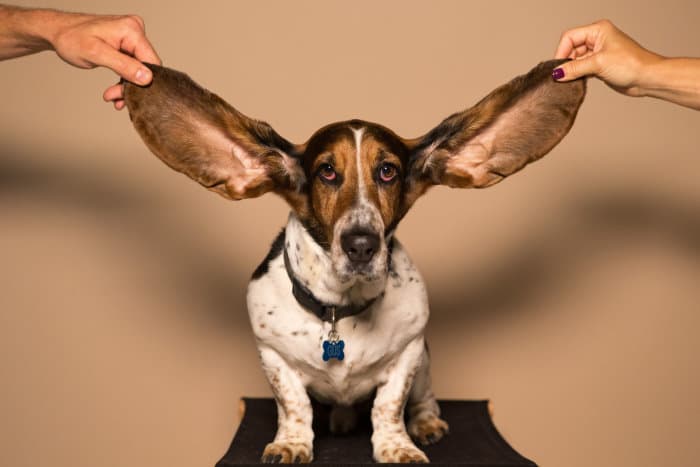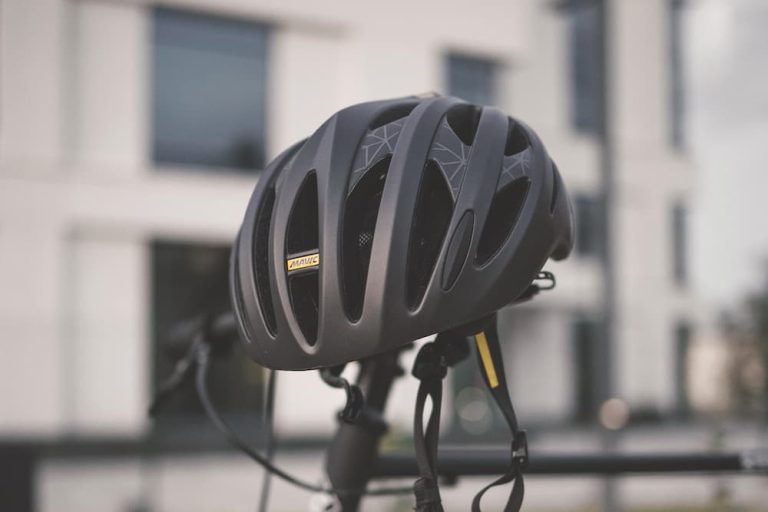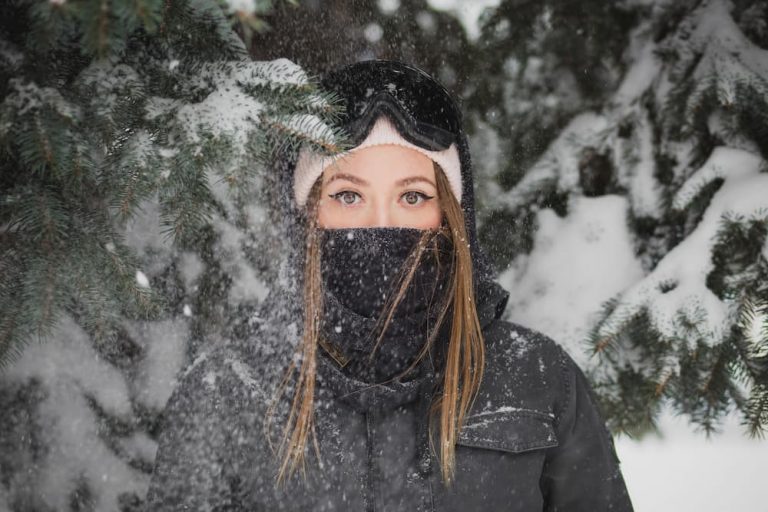What To Wear Under A Bicycle Helmet In The Summer And In The Winter?
Have you ever embarked on a bike ride, feeling the exhilaration of the journey, only to be hindered by sweat trickling into your eyes? It’s a common yet irritating issue many cyclists, including myself, frequently face. These small discomforts, like the constant rubbing of a helmet against your scalp, can detract from the joy of cycling.
In my years of riding, I’ve encountered every imaginable inconvenience and learned how to overcome them. This article isn’t just a random guide but the collection of real-life solutions to enhance your riding experience. We’ll explore a variety of headwear options to wear under your bike helmet, tailored for different weather conditions and personal preferences.
From lightweight caps that wick away sweat in the summer heat to thermal gear that keeps you warm on chilly mornings, you’ll find practical advice for every scenario. I’ll also address common concerns about style and comfort, ensuring that safety and fashion can coexist.
By the end of this article, you’ll be equipped with the knowledge to make informed choices about what to wear under your bike helmet. Say goodbye to the small annoyances that can mar a perfect ride, and embrace a more comfortable, enjoyable cycling experience.
As an Amazon Associate, I earn from qualifying purchases made through links in this post at no extra cost to you.
Contents
What Do I Wear Under The Bicycle Helmet?
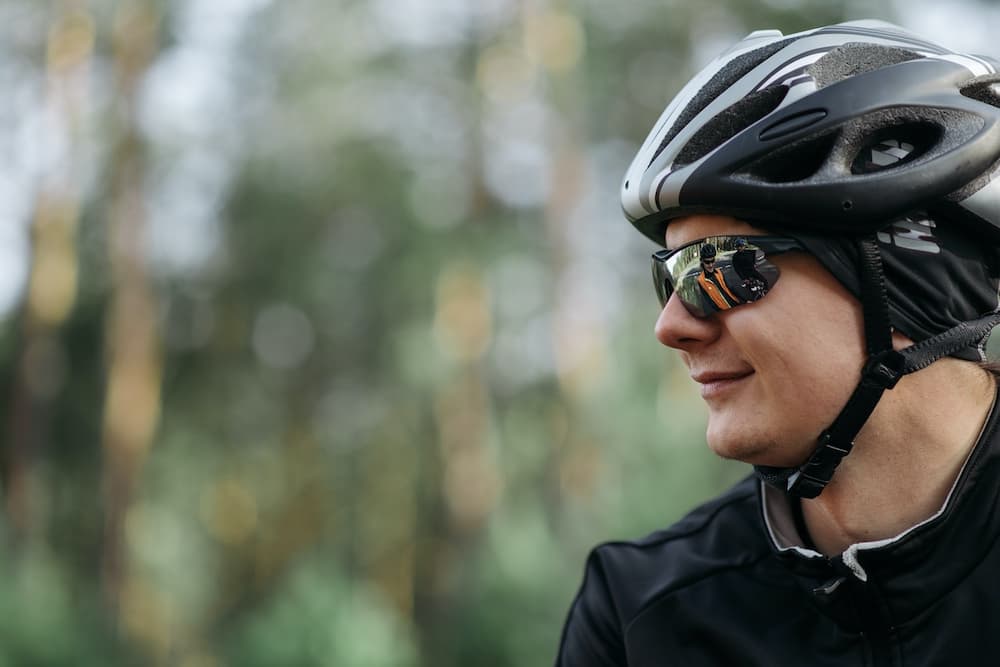
Wearing something underneath your helmet has quite a few benefits if you know what to wear. Even if it’s a bandana or a scarf, wearing something is better than nothing. Why? Because it just makes the experience so much better!
Let me tell you about some of the best cycling accessories you can wear to elevate your biking experience.
What to Wear Under Bike Helmet in Summer?
Think about this: you find out the weather is too hot when you go on a ride. Beads of sweat form on your forehead and roll down into your eye. Now you don’t see where you’re going, and you can’t use your hand to wipe it off because you will lose control. Sounds horrible, right?
Well, you could prevent this from happening by using cycling caps, cotton bandanas, and scarves. Here’s how:
Cycling Cap
Cycling caps are great for keeping your sweat away from your eyes. During the summer, a cycling cap will ensure that sweat does not distract you when sweating profusely. Not only that, but rider’s caps can also protect you when it is raining or windy. If you buy the waterproof one, they will keep the rain from getting into your eyes. And they will secure your hair so that they don’t distract you whether it’s windy or not.
If you are looking for a good bike hat, the Tough Headwear Cap might be an excellent option! This cap, made of nylon spandex, is lightweight and breathable. The mesh fabric enhances airflow and fits snuggly under your bike helmet. Moreover, it is UPF 50+ rated, thus blocking 98% of all the harmful UVA rays and keeping perspiration at bay.
Pros of Cycling Cap
- Is water-resistant and breathable
- It provides protection against the sun
- Has elasticity and is moisture-wicking
- Extremely helmet friendly
Cons of Cycling Cap
- It might not fit all head shapes and sizes
Cotton Bandana or Scarf
Cotton is an excellent material for absorbing sweat. They are made of thin materials, which makes them lightweight and allows you to fit your helmet snugly. Cotton bandanas and scarves are also great alternatives if you don’t want messy and frizzy hat hair.
Rothco Large Trainmen Bandanas 27 InchCHECK CURRENT PRICE
Rothco Large Trainmen Bandanas is an excellent example of the kind of headscarves you should be looking for. These unisex bandanas are incredibly versatile and can easily absorb your sweat to keep you from getting distracted. They are available in various colors and fit comfortably around any head shape.
Pros Cotton Bandana/Scarf:
- Extremely absorbent
- Versatile and easy to style
- One size can easily fit all
- It is a great way to protect hair against rain or wind
Cons Cotton Bandana/Scarf:
- Most brands of bandanas require to be hand-washed
What to Wear Under Bike Helmet in Winter?
Here is another hypothetical scenario for you. Imagine you are going cycling full speed on a cold day. It’s winter, and your ears, nose, and entire face feel like they are about to freeze and fall off. What an unpleasant thing to think about!
But this could happen to you unless you take measures to prevent it. Try wearing a thermal cap or balaclava under your winter cycling helmet not to freeze your face off.
Thermal Cap
Thermal caps are an excellent way to keep your ears warm during winter. You might have problems hearing oncoming cars if the wind is too heavy. Thermal caps help reduce that problem by blocking the air and keeping you warm.
Thermal caps like the Tough Headwear Helmet Liner Skull Cap Beanie are made from thin 4-way stretch poly-spandex to ensure that you can secure your helmet properly. They are brushed with thermal lining and have snug ear covers to provide the ultimate experience. They are also breathable and absorbent, protecting you from the distraction of perspiration.
Pros of Thermal Cap:
- It is stretchy and breathable
- Most have a thermal liner and are moisture-wicking
- Covers the ears from wind
- Easy to wash and quick to dry
Cons of Thermal Cap:
- One size might not fit all
Balaclava
Although thermal caps are a great option, your first choice should always be a cycling balaclava. Balaclavas are the best for winter as they cover most of your face. They can help retain body heat and circulate your blood better to stay warm for longer. Balaclavas are also lightweight and stretchy; if you have long hair, they will help you cover all of it.
Tough Headwear Balaclava Ski MaskCHECK CURRENT PRICE
The Tough Headwear Balaclava Ski Mask is the perfect product for you if you are searching for a Balaclava. Whether it is sleet, rain, wind, dust, or the cold that is bothering you, this product can help. It is moisture-wicking, breathable, and has a fleece lining to protect you even against sub-zero weather conditions. Moreover, it has a versatile design which makes it convertible; you can wear it as a helmet liner, neck warmer, ski mask, and face mask!
Pros of Balaclava:
- Provides ultimate protection against weather
- Covers all parts of the face and protects the face against UV rays, dust, cold, wind, rain, etc.
- Cozy and breathable
- Most have mesh breathing panels to avoid condensation on glasses
Cons of Balaclava:
- It might get stuffy if they do not have breathing panels
Read more: Best Cycling Balaclava Reviews
Benefits of Wearing Something Under Bike Helmet
Now that we have discussed what you can wear, let’s talk about why you should wear something under the bike helmet in the first place. Well, there are numerous benefits to wearing cycling hats and caps or bandanas under your helmet.
It Provides Ventilation
Cycling is a strenuous activity, and you can overheat quickly if you do not take appropriate measures. Proper ventilation is critical, and some cycling caps and bandanas can provide ventilation so that you can keep cool. Some caps are specifically designed for the summer, so make sure you buy the right one. If you use bandanas, you could try wetting them a bit for a cooling effect.
On the other hand, you could also buy cycling caps and thermal caps that provide less ventilation for cold days!
It Keeps Moisture Away
As I have previously mentioned, caps and headscarves can absorb your sweat so that they don’t get into your eyes. With fewer obtrusions, you can focus on steering your bike and won’t get into accidents.
It Muffles the Air
When less air bothers you, you will have a great time bicycling. Bike hats, thermal caps, and winter face masks are excellent for winters as they keep the wind away. You will be able to hear your surroundings better, your face won’t be freezing cold, and if you pair it with goggles, you’ll also enjoy sceneries!
It Keeps the Rain Away
Similar to sweat, cycling caps can also keep the rainwater at a distance. You will be able to focus on the road better when the rain isn’t hitting your face or getting into your eyes. Plus, if you buy a waterproof cap, your hair won’t be soaking wet after a ride either!
It Manages Your Hair
With the wind and rain not messing up your hair, you can bike anywhere! Seriously, do you have a meeting you need to bike to? Wear a silk scarf or bandana under your helmet to keep your hair silky smooth.
Related reading: How To Clean A Bike Helmet?
Frequently Asked Questions
Can I Wear a Hat Under My Bike Helmet?
Yes, you can wear a hat under your bike helmet, but it’s crucial to choose the right type. A thin, form-fitting cycling cap is ideal as it sits snugly on your head and doesn’t interfere with the helmet’s fit. It’s essential that whatever hat you choose does not compromise the helmet’s safety functions. Bulky hats or those with hard or pointed parts should be avoided, as they can reduce the effectiveness of your helmet in protecting your head during a fall.
Can You Wear a Beanie Under a Bike Helmet?
Wearing a beanie under a bike helmet is possible, especially in colder weather, but it’s important to ensure the beanie is thin and fits closely to your head. A beanie made from lightweight, moisture-wicking material is ideal as it provides warmth without causing overheating or affecting the fit of your helmet. However, thick or bulky beanies can alter the helmet’s fit, reducing its ability to protect your head properly. Therefore, always check that your helmet still fits securely and comfortably with the beanie underneath.
How to Find the Right Size of Cycling Cap
Finding the right size of your cycling cap is an underrated skill. If you buy a cap that is too small for you, it will sit on top of your head and refuse to fit and cover your ears. Similarly, if you buy a too big cap, it might move around a lot and even over your eyes too much.
In the case of cycling caps, finding the right size is essential, and I would recommend going to the store and trying a few on to see what fits you best. However, if you want to buy them online, you could also measure the circumference of your head and compare it to a size chart if it’s provided.
What Is The Best Way to Wear Cycling Cap Under The Bike Helmet?
There are mainly 2 ways people like to wear their cycling caps. The first is peak up, which means the cap’s brim is facing upwards. This is a practical way to wear your cap as it blocks out the sunlight, other light sources, and rain. It doesn’t block your vision and overall makes the experience convenient.
The next way is peak down when the brim is facing downwards. This makes the cap more aerodynamic and can block sunlight, rain, or debris. However, it might block your peripheral vision a little.
You can get the best use out of cycling caps if you use these methods alternatively. Since they both have benefits, wear them how they best fit you.
What Are Other Headwear Options?
Honestly speaking, you should stick to wearing clothing designed for cyclists. A lot of people tend to wear visors, ball caps, and even beanies under their helmets. This is fine if you don’t own anything else, but not the safest. You could also wear them if they fit you well under your helmet, but it is not recommended.
If you’re wondering why it’s because your helmet is meant to fit you perfectly. The padding inside the helmet is supposed to sit snugly on your head, and wearing visors, ball caps, and beanies can affect that. Wearing such accessories can compromise the safety of your helmet as they are made from bulky materials.
If you don’t have any of the appropriate garments mentioned above, you could temporarily wear beanies to protect you from the cold. But make sure they are made of light fabrics. And try buying a cycling cap or balaclava as soon as possible.
Related reading: Best Cycling Neck Gaiter Reviews & Buying Guide
Conclusion
In this article, I’ve delved into the crucial question of the best headwear to wear under a bike helmet. The main idea revolves around finding the right headgear that balances comfort, style, and functionality for cyclists.
Firstly, we examined cycling caps, ideal for their sweat-absorption and sun protection features, especially in summer. Bandanas and scarves, as alternative options, offer versatility and effective sweat management. In contrast, winter cycling calls for thermal caps and balaclavas, providing warmth and protection from harsh elements.
Each headwear option has its unique set of advantages. Cycling caps are praised for their moisture-wicking properties and fit, while bandanas and scarves are lauded for their absorbency and ease of styling. Thermal caps are recognized for their snug fit and ear coverage, and balaclavas for their comprehensive facial protection.
Choosing what to wear under a bike helmet can greatly influence your cycling experience. Personal preference, weather conditions, and the type of ride should guide your selection. A suitable head accessory not only ensures comfort but also enhances the overall safety and enjoyment of your cycling journey. The right headwear is a small detail with a significant impact on your riding experience.





